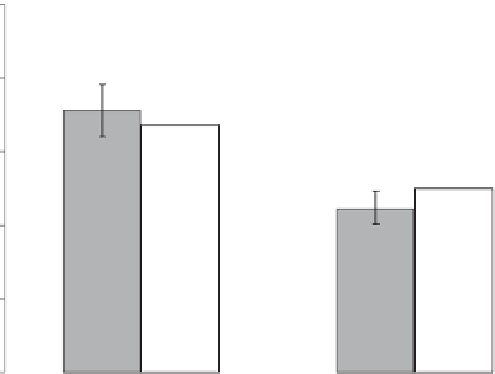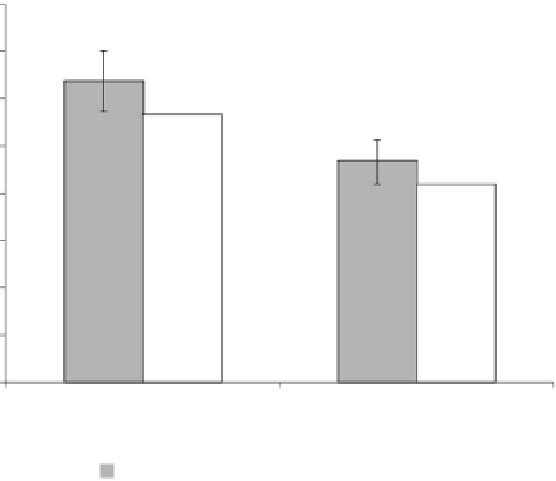Agriculture Reference
In-Depth Information
(a)
2500
2000
1500
1000
500
0
(b)
4000
3500
3000
2500
2000
1500
1000
500
0
21
32
Te mperature (ºC)
Fig. 14.12.
Comparison of observed (
) vs predicted responses (
£
) in weight gain (a) and feed intake (b) to
ambient temperature, in birds grown from
23
to 43 days. Data from Alleman and Leclercq (1997). Bars
represent one standard deviation.
Acknowledgements
in the literature. Avinesp simulates the effects
of different nutritional, feeding, health and
environmental scenarios. Therefore, the
proposed model, in addition to estimating
nutritional requirements, may also be used
as a tool to aid decision making by farmers
and companies.
The authors thank Fundação de Amparo
and Pesquisa do Estado de São Paulo for
funding the research projects, and for the
grants that allowed us to obtain the results
mentioned in this chapter.
References
Alleman, F. and Leclercq, B. (1997) Effect of dietary protein and environmental temperature on growth
performance and water consumption of male broiler chickens.
British Poultry Science
38,
607-610.
Bellaver, C., Zanotto, D.L., Guidoni, A.L. and Brum, P.A.R. (2004) Metabolizable energy and amino
acids relationships with the soluble fractions of protein and fiber of vegetable feed ingredients.
Revista Brasileira de Zootecnia
33,
2274-2282.


